Perk Up with 6 Tasteful Malaysian Drinks
Lighten your mood and rejuvenate your senses with 6 must-try Malaysian drinks!
Discover the authentic in Asian cuisine food
Around the World, Asian Pantry
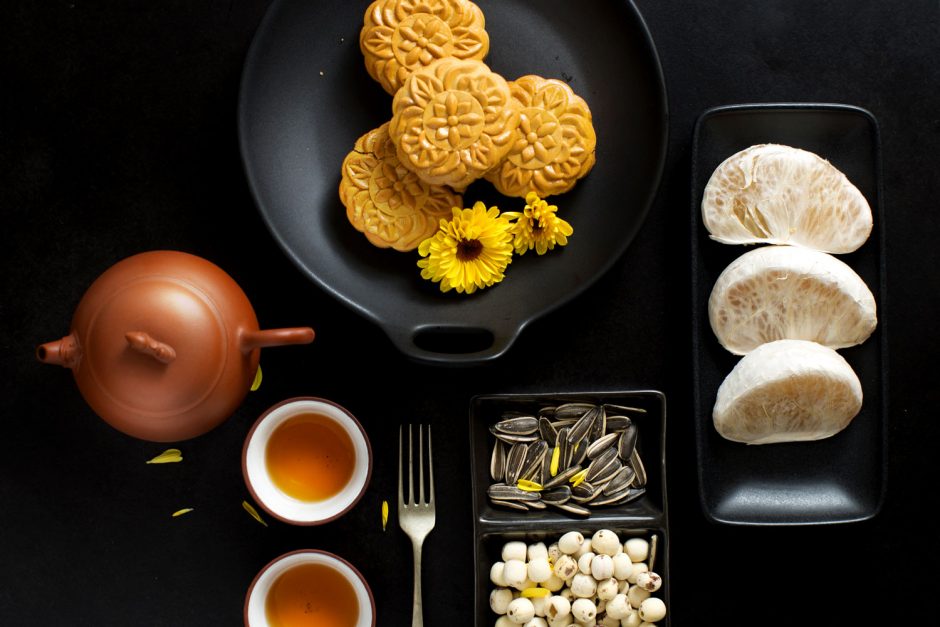
Moon Fest is kind of like Asian Thanksgiving, because in ancient times, Mid-Autumn or the middle of the Lunar Calendar’s eight month, coincides with the autumn harvest. Also supposedly the exact night when the full moon is roundest and brightest each year, like a celestial beacon. Chinese, Japanese, Korean, Thai, Vietnamese, Malaysian and Singaporean cultures all have their own legends, rituals and unique festive foods – many remain must-have delights for Moon Fest to this day. A celebration of life’s blessings, and togetherness with our loved ones.
As the festival approaches, here are the top ten faves and must-haves to prepare, and enjoy for your moon-gazing party!
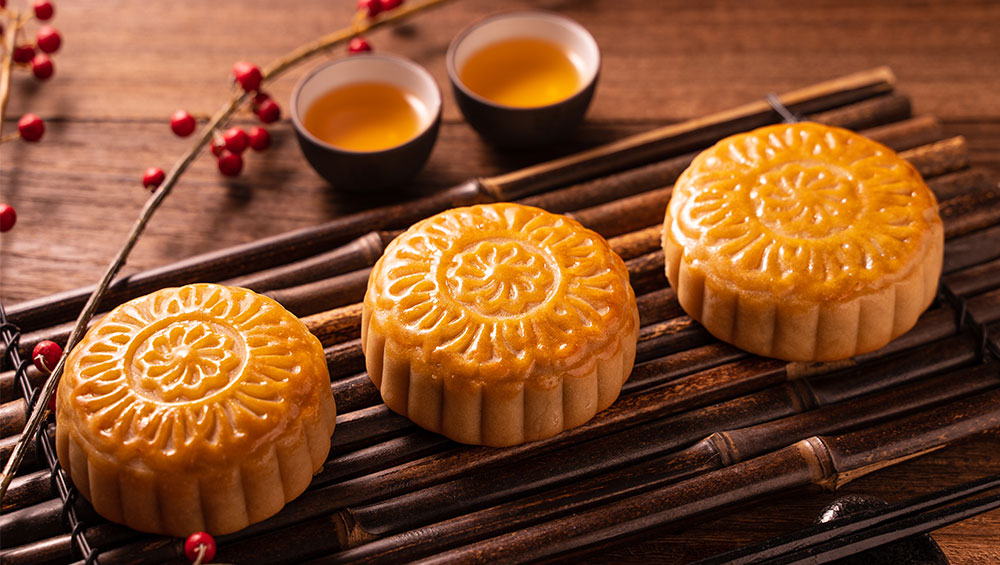
The obligatory pastry for Moon Fest, mooncakes started off as an annual Chinese royal treat. During the Yuan Dynasty rebellion, the people hid messages in mooncakes to organize the uprising and eventual overthrow of the Mongolian occupiers. Since then, this delicious pastry has long become a festive delight for everyone; with new flavours still being invented each year. Go check out the amazing selection at your local Chinese bakery, or make your own with our recipes collection!

Lian Ou is Mandarin for lotus root, which also sounds like ‘to connect with your lover’ – a reference to the romantic Moon Fest legend of Chang Er and Hou Yi, for the mythical lovers to see each other on the full moon. Savour your lotus root with a spicy zing and fragrant nutty taste with our Kung Pao recipe. Or enriched with umami braised pork belly. You can also go extra wholesome with mixed vegetables, or even make your lotus root into chips!
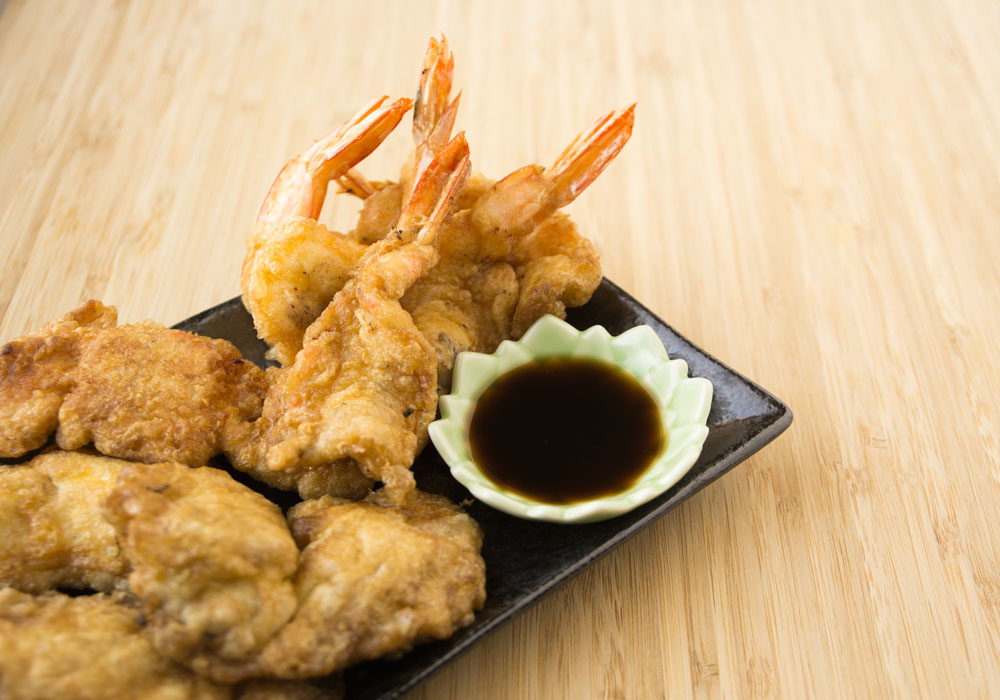
Chuseok is Korean Moon Fest, and the crispy umami Jeon is a signature celebration treat. Sliced prawn and cod fish coated in eggs and flour, fried to golden perfection, and served with soy and vinegar dip sauce. Ideal as a snack, side dish or appetizer.
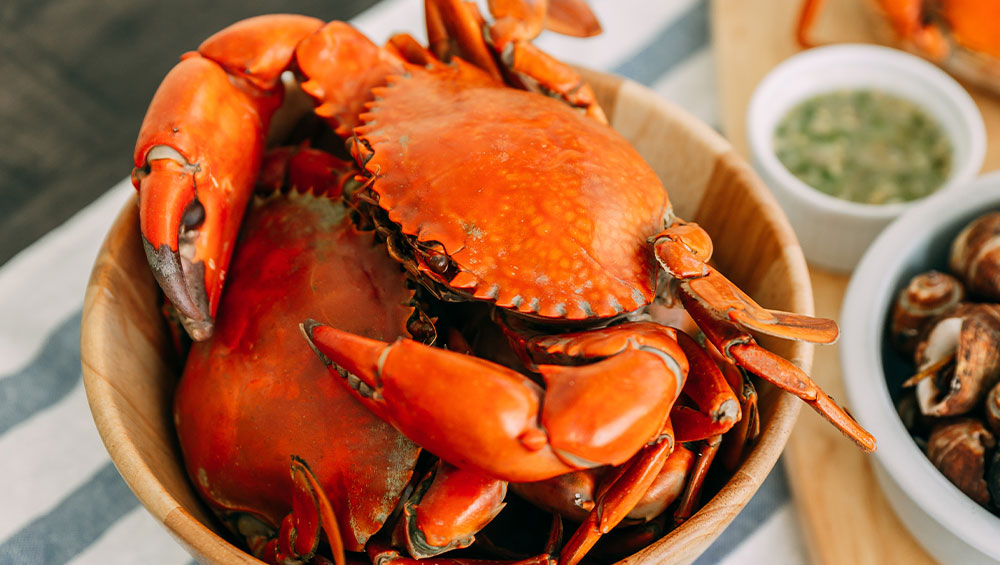
Crab for Moon Fest is especially popular with communities along China’s southern coastline, as well as Hong Kong and among the Chinese diaspora in Southeast Asia. Crabs in these areas usually get ready to lay eggs around September and October, which the Chinese believe makes them extra delicious. Xie or crab in Mandarin also sounds like ‘Thanks’, and symbolizes the appreciation of the good things in life. A core essence of Moon Fest. Savour a good, fresh crab with our Hong Kong special recipe that’s sure to make you salivate. Have it savoury and umami with a rich salted egg yolk marinade. Spice it up with this tangy, zesty Vietnamese goodie. Or enjoy an easy, delicious Thai crab omelette!
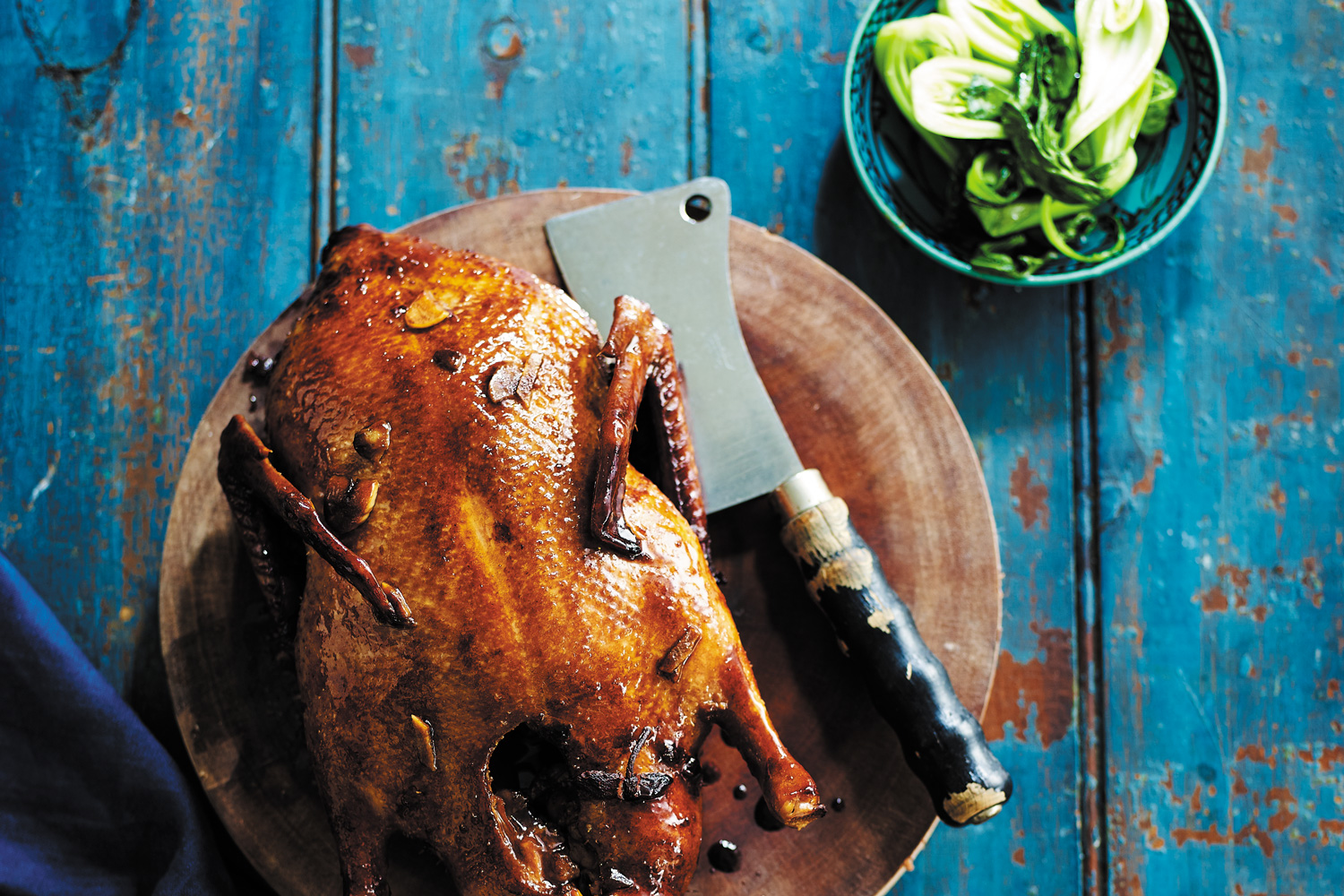
When the Mongols invaded and took over China, the Han Chinese nicknamed them ‘Da Zi’ to mock them, which sounds like ‘Duck’. Autumn is duck season, and so cooking and eating the bird became a symbolic way of revolt against their oppressors. Yup, the Chinese love to express their feelings through food. After the Mongols were defeated, the Mid-Autumn tradition of duck-eating stayed on, and became part of the Moon Fest celebration. Besides this, according to Chinese medicine, having duck in the fall may help nourish your body in the dry and cold weather. The most common Moon Fest recipe is braised duck.
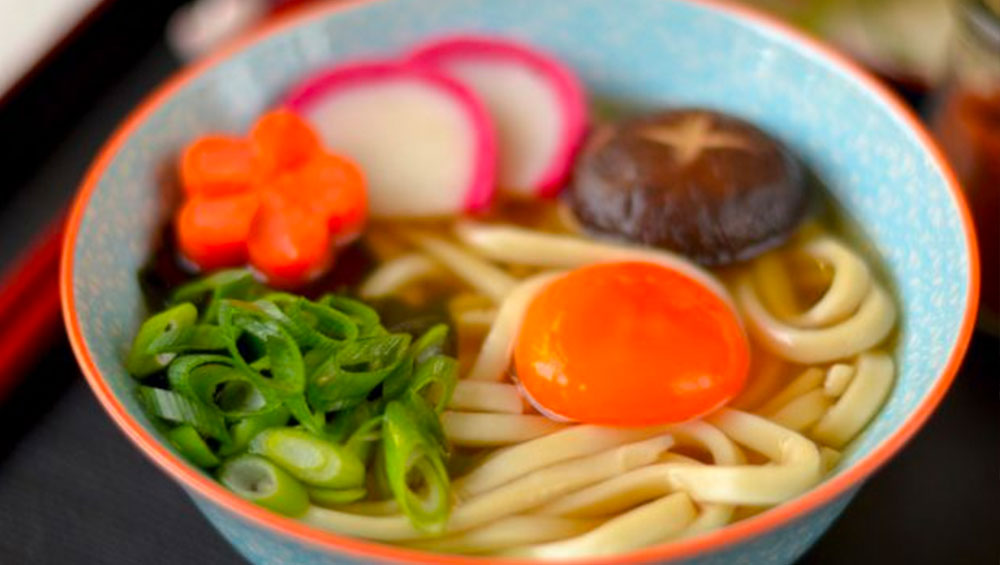
Tsukimi is Japanese Moon Fest, celebrated with two festival staples. Start off by cracking a raw egg into a steamy bowl of umami Udon soup noodles, which resembles the full moon. And after that filling treat, enjoy your moon-viewing with a sweet, chewy rice-flour dango dessert, arranged and served in a pyramid stack.
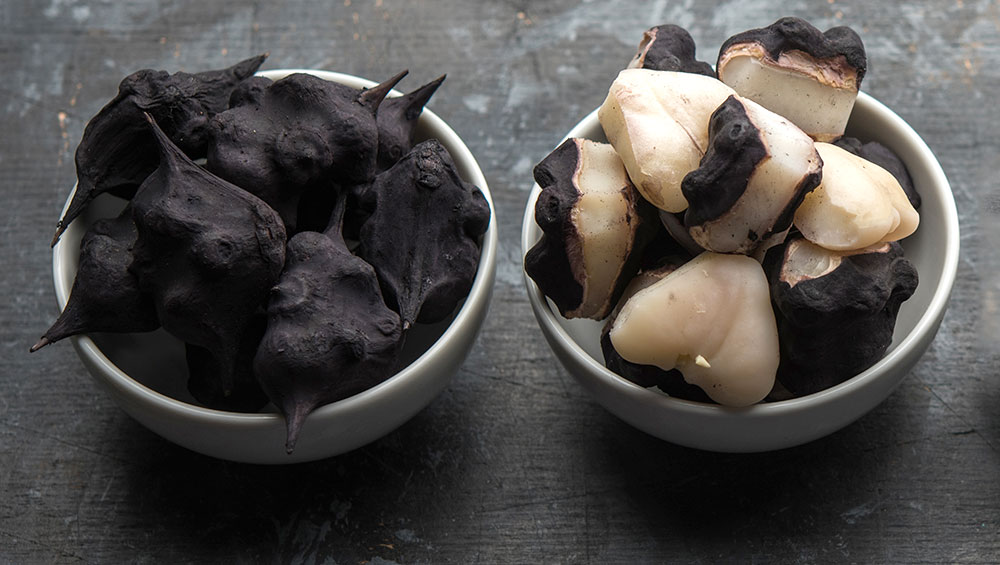
Also known as buffalo nut, bat nut, or Ling Jiao in Mandarin; which also means ‘buffalo horns’. It’s the fruits of an aquatic plant that lodge its roots into the bottom soil of ponds and lakes, with floating shoots topped with a rosette of leaves. The nuts are the seed pods that each flower produces. August and September is the best time to harvest them. To eat, first boil them in hot water and salt to soften and season; then cool, crack and peel off the hard shell-skin to the white flesh within. It has a soft, starchy texture and nutty taste. Wholesome too, high in protein, glucose, iron, zinc, as well as Vitamins A, B1, B2, and C. The Chinese believe it can help boost children’s intelligence; enjoyed as a moon-gazing snack.

The Chinese enjoy food for all kinds of goodness and auspicious symbolism, but there are also foods eaten to negate undesirable things. Pear for Moon Fest is one such. Known as Li in Mandarin, which sounds like ‘to separate’, pear is a must-have fruit during Mid-Autumn, to ‘eat away separation’ before it happens. Yes, cultural beliefs can get weird like that. Nonetheless, the juicy, crunchy pair is great to keep moisturized and nourished with vitamins for the dry and cold weather – typical of autumn in China.
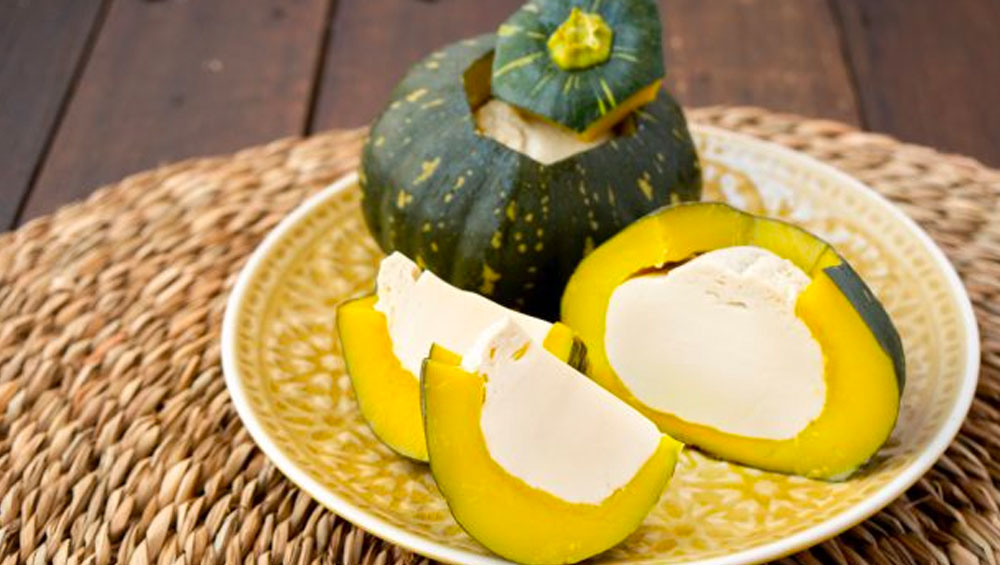
Pumpkin is an autumn produce in both China and Japan, also included in their traditional Moon Fest menus. In ancient China, pumpkin was a mooncake replacement for the poor, touted for its sweet, tender taste and rich nutrition. Enjoyed in soups, desserts and more. Savour your Moon Fest pumpkin with our simple, crispy tempura recipe. Go sumptuous and umami in this award-winning delight. Or get creative with a Thai egg-custard pumpkin special!
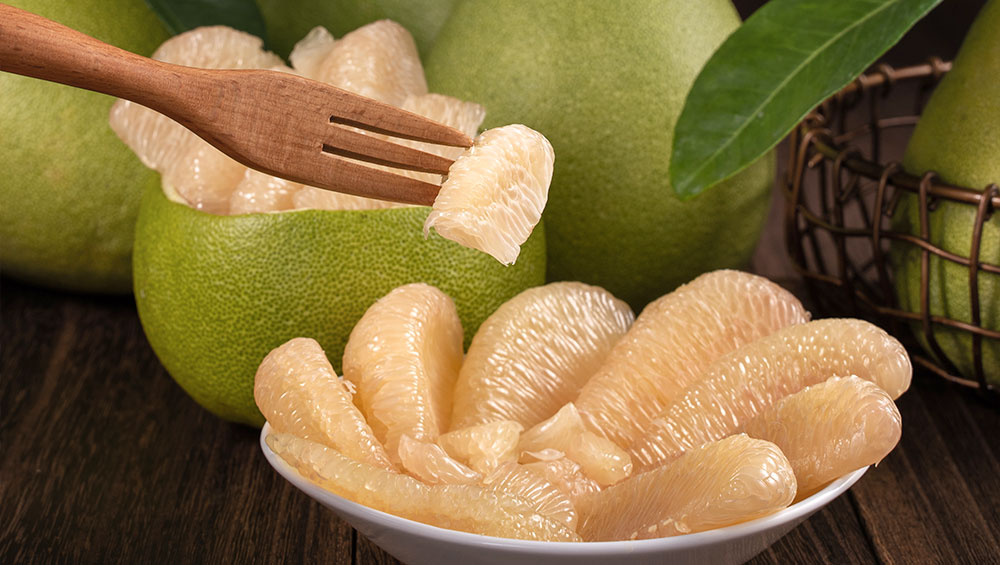
Pomelo is another Mid-Autumn harvest, and is believed to be Chang Er’s favourite fruit. It symbolizes good luck, and the Mandarin name ‘you zi’, also sounds like ‘prayer for a son’. So, the Chinese believe that eating pomelos and putting the rinds on children’s heads is a prayer for Chang Er to bless them with good fortune ahead. Check out our full feature on Pomelo for Moon Fest here.
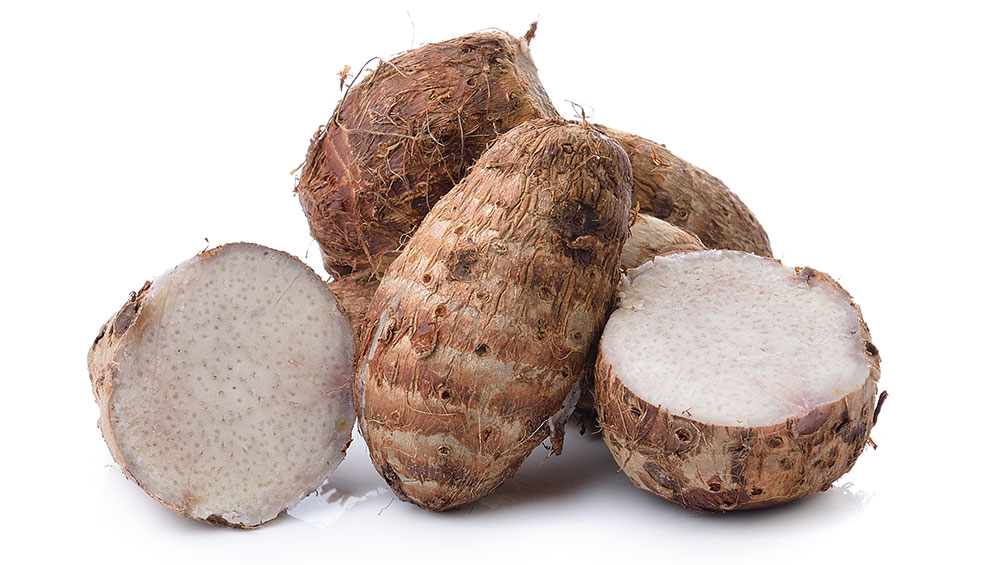
A Southern Chinese tradition, Taro in the local dialects sound like ‘the coming of good fortune’, while Edamame sounds like ‘praise’ and good news. Both are enjoyed as Moon Fest munchies, alongside peanuts – the ubiquitous snack for pretty much all festivals. Edamame is boiled and minimally seasoned; while Taro is usually sliced and deep-fried, made into savoury steamed cakes, or incorporated in desserts.

While other cultures’ Moon Fest traditions are usually more chill and tranquil, the Taiwanese have a boisterous barbecue! A harvest tradition started by farmers in the island’s south. Just hang some lanterns around the house to boost the festive mood! With that, we wish you a happy Mid-Autumn Moon Fest.

Lighten your mood and rejuvenate your senses with 6 must-try Malaysian drinks!

Pair your hearty barbecues with these refreshing Asian delights!

What are the properties of ginger, and how to pick, store and use ginger in your cooking? Find out here!